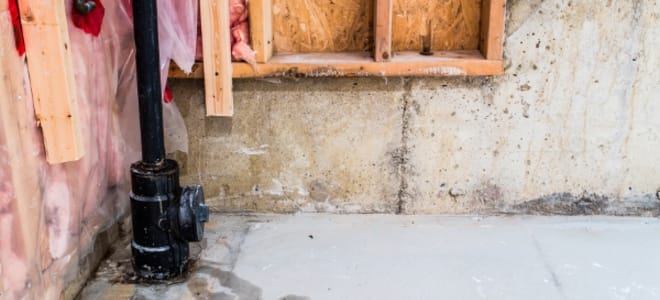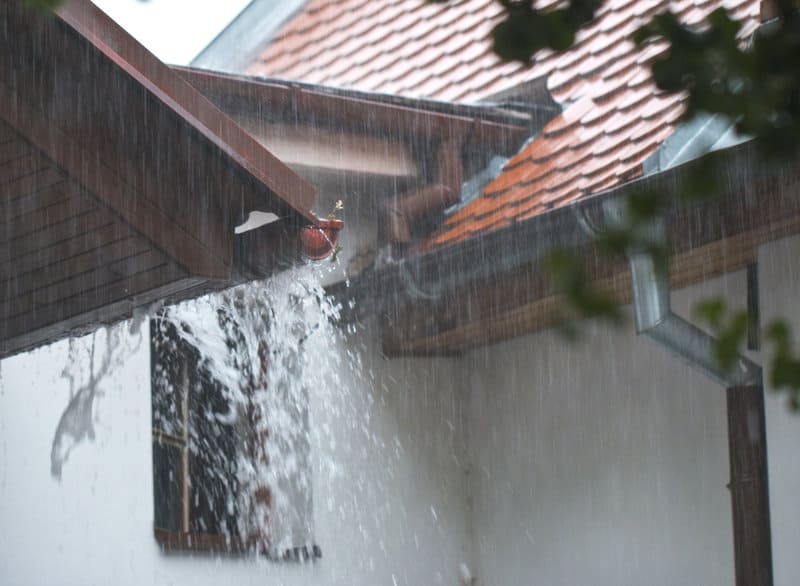Tips to Spot and Handle Water Stains Skillfully
Tips to Spot and Handle Water Stains Skillfully
Blog Article
What are your ideas concerning How to Remove Water Stains from Walls and Ceilings?

Water spots on wall surfaces are not pleasurable to the eyes. Your residence ought to lack stains on the walls, roof covering, or floors. That is the suitable state of a home as well as its frameworks. Yet, sometimes it seems nearly unpreventable to experience water spots on walls in houses.
House owners living in moist regions continuously deal with the concern of water discolorations on walls. With exact and also well-shaped information on the causes of water discolorations as well as timely repair service processes, you will always be an action ahead of such incidents.
3 Typical Root Causes Of Water Spots on Wall Surfaces
Contrary to common belief, water discolorations on wall surfaces do not constantly come from poor building products. There are a number of reasons for water stains on wall surfaces. These include:
Damp
When warm moist air meets dry cold air, it creates water droplets to base on the walls of structures. When there is steam from cooking or showers, this takes place in kitchens as well as bathrooms. The water droplets can tarnish the bordering walls in these parts of your residence as well as spread to other locations.
Moist or condensation impacts the roof covering and also wall surfaces of structures. When the wall surface is wet, it produces an appropriate atmosphere for the growth of microbes and fungis.
Poor Drainage
This will certainly protect against water from seeping into the walls. This links to extreme wetness that you see on the walls of your building.
The leading cause of damp walls, in this case, can be a bad drainage system. It can likewise result from poor administration of sewage pipelines that run through the building.
Pipe Leaks
Most residences have a network of water pipes within the walls. It constantly enhances the viability of such pipelines, as there is little oxygen within the walls.
A downside to this is that water leakage influences the walls of the structure and triggers extensive damages. An indicator of damaged pipes is the appearance of a water discolor on the wall surface.
Pro Suggestion
A houseplant in your home likewise boosts its humidity. So, if the house is already humid, you might wish to introduce houseplants with marginal transpiration. An instance of appropriate houseplants is succulents.
Water Spots on Wall: Fixing Tips
When dealing with water stains, house owners would generally desire a quick solution. They would certainly soon understand this is detrimental as the water stains persist. So, here are a few helpful ideas that will certainly direct you in the repair service of water discolorations on walls:
Conclusion
Although no person intends to have water stains on walls in their house, it can take place to the very best of us. This short article gives you take advantage of, as you currently understand just how to handle this incident if it does take place.
It is always best to recruit expert solutions to help repair the problems in your house.
Sometimes it seems practically unpreventable to experience water stains on walls in homes.
Contrary to popular belief, water stains on walls do not always stem from poor building products. There are numerous reasons of water discolorations on wall surfaces. The water droplets can stain the surrounding wall surfaces in these components of your residence as well as spread to other locations.
Right here are a couple of handy ideas that will lead you in the repair service of water stains on wall surfaces:
CHECKING FOR WATER DAMAGE
Water damage can be costly, and it may begin before you even notice the first signs of trouble. Water damage can cause mold and mildew in your walls and floors, which can create an abundance of health concerns for your family. It can also lead to costly repairs of various appliances and general home fixtures. To avoid the pricey consequences of water damage, here are Warner Service’s top 5 places you should check:
The walls – The easiest place to spot the beginnings of water damage is on the walls and ceilings of your home. If water damage is present, there will most likely be water stains, especially around the windows and doorframes, and/or cracks in the drywall. If a stain looks unusual (discolored to brown, black or gray, raised texture), has a swollen appearance or is soft to the touch, contact a professional immediately. The pipes – To avoid water damage, consistently check the pipes in your kitchen (especially the dishwasher and ice maker), bathrooms, laundry room (specifically washing machines) and basement for corrosion, leaks and water stains. Pay special attention to where the pipes connect in your home and the location of caulking around the bathroom fixtures, including toilets, sinks, showers and tubs. Missing or loose caulking and grout could be signs of leaking water. This seepage can also quickly cause mold and rust, so double check your water heater and tank for wet spots on the floor. The floor – Water damage is very easy to spot on the floor. Look for any warping or buckling of the material, especially in the basement. If your home has wood flooring, look for bright white or dark stains. If your home has carpeting, keep it dry and clean. A damp carpet that smells of mold could cause water damage and health problems. To avoid this, consider installing floor pans under your appliances to help prevent damages from small, slow and undetected leaks. The basement and attic – If your basement or attic smells odd check for mold and mildew around the area, especially the valley where the roof meets. While you are inspecting those areas, check for wall cracks, floor stains, rust and dampness in the insulation. If you live in a colder and/or rainier climate, perform routine checks for water damage from melting snow or ice and rain. The exterior – Check the roof for damaged flashing and missing, cracked or curled shingles. There should also be no standing water anywhere outside your home. This could be caused by puddles, leaky rain gutters or hoses, poor drainage, or short gutter spouts. Invest in a sump pump system or water flow monitoring system, and perform routine maintenance on these outdoor appliances to avoid indoor water damage.

Do you enjoy reading up on Water Stains on Walls? Create feedback down the page. We would be glad to see your opinions about this posting. In hopes that you come back again before long. Sharing is caring. Who knows, you may very well be helping someone out. Thanks a lot for taking the time to read it.
Sink issues? Connect. Report this page